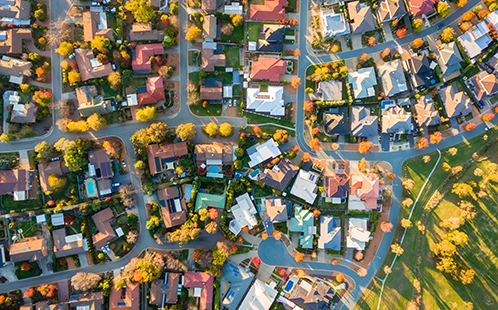More Can Be Done for Housing in Western Sydney

Housing affordability, a woe not simply for the rich.
A great deal has been made of the ongoing investment into infrastructure in Greater Western Sydney – the recently-named Nancy-Bird Walton airport and the Metro West spring to mind. While these investments and the jobs they bring are welcome, it is perhaps time to focus on the most critical infrastructure of all, our communities and how people can live well in them.
Greater Western Sydney is a vast, diverse area, yet one issue increasingly impacts the region and its liveability across the board: housing affordability. Historically, the region is the more affordable alternative to the eastern suburbs, but as the pricing woes of the east worsen, they spread to the west where people are much more vulnerable to rises in the cost of living.
Data from the 2016 Census shows that the median income of individuals aged 15 and over in Fairfield was $439 per week, while the average rent for a one-bedroom unit at the time was $250 a week, some 57 per cent of that income. Limiting the data to Fairfield renters aged 25-34, their weighted average income of around $720 a week still had them paying 35 per cent of that as rent. For ownership, the issue only worsens. In 2016, the average purchase price of a one-bedroom apartment in Fairfield was around $280,000, which was affordable once the household income topped $1,000 a week, more than double the median individual income.
It's simple, current commitments to social and affordable housing provision will not meet the needs of the 55,000 households on existing waiting lists let alone accommodate future growth.
Year on year, Anglicare’s rental affordability snapshot shows that Sydney’s housing is unaffordable for people on low incomes. ABS data also shows us that access to affordable homes is not only an issue for low income households or impacting only renters. Social housing is vital infrastructure as it provides affordable shelter for households that a free market will never provide for in housing markets, such as Sydney’s, where prices continue to run hot and well beyond median incomes despite the recent downturn.
Let’s return to Fairfield. The data suggests at least 55 per cent of households in rental housing (representing 20 per cent of all households) were eligible for social or affordable housing. Where state-wide targets for these housing types exist, they sit around a tentative 5-10 per cent of new housing stock, “subject to viability”. Without question these targets need to be higher to meet the needs of 20 per cent of all households, which is underscored by the failure of the private rental market to deliver affordability. Throw into the mix that many households are caught in the trap of having incomes too high to meet social or affordable housing eligibility but too low to afford a home in the open market – and that’s not taking into account the need to save for a deposit – and it’s plain to see, something has to give.
Housing is a major election issue, but we haven’t seen much in the way of policy to address these problems. International experience shows that in addition to maintaining and increasing social housing stock, housing quality and ownership rates can be improved by strengthening rights of private renters and adopting home ownership models that are attainable, especially to those on lower incomes. But perhaps most importantly of all, we need New South Wales’ political parties to spruik affordable housing as passionately as they have other vital infrastructure.
Western Sydney University will host the live debate between NSW Premier Gladys Berejiklian and NSW Opposition Leader Michael Daley at The People’s Forum on 20 March.
This opinion piece by Dr Louise Crabtree was first published in the The Daily Telegraph on Friday, 8 March 2019.




